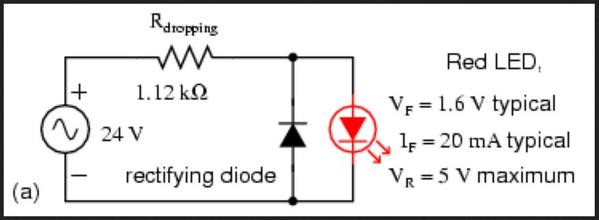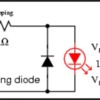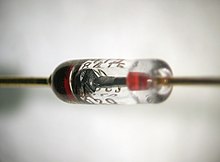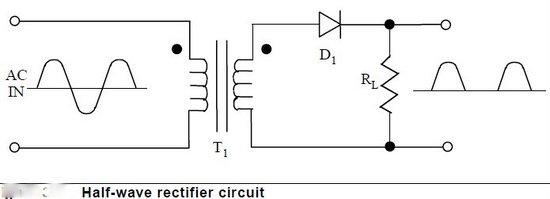APA
(quote)'You are getting yourself all confused by mixing what you "think" with what "is."'
Agreed, this is often the case, what we think is what is true for us, the trick can be realizing our thought is wrong.
I am trying to see how what I am thinking is wrong, it is however difficult to get past the filter of my thinking to get to what is.
I feel as if I am missing some sort of basic understanding, which continues to allude me. (I am a mechanical engineer rather than an electrical so I never quite fully figured this)
I keep asking questions becasue I am hoping that something will click and I will get it.
I actually understand that a resistor changes current, I just keep thinking of it wrong for some reason. I push the whole thing thru ohms law and thinking in terms of voltage. I think my confusion lies somewhere in here, but have not yet got it.
Your item 1 explains a little, I was thinking of the diode as yielding pulses of DC rather than 1/2 AC. What I had not understood was even though the LED is a DC device it will work on this one way AC.
I still have my first question.
In the for instance of a circuit to power LED's why would I choose a 4 diode solution rather than a single diode.
I am looking at the 5V circuit done on this forum, and the hennings 12V LED car lighting board. In both cases a 4 diode solution was selected. I had thought it was required to get the LED to work. There must be another reason, I am wondering what that might be.
















